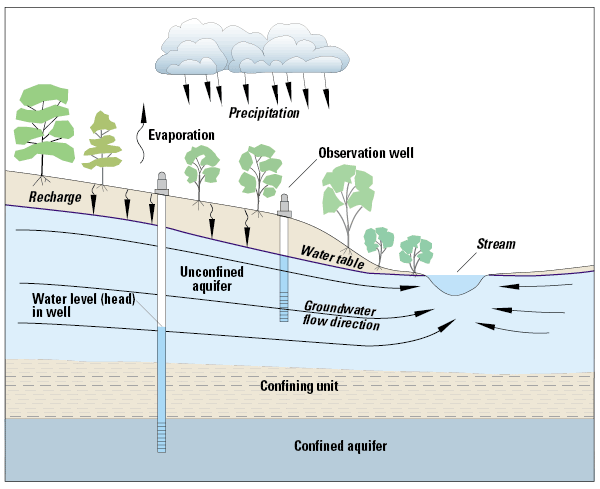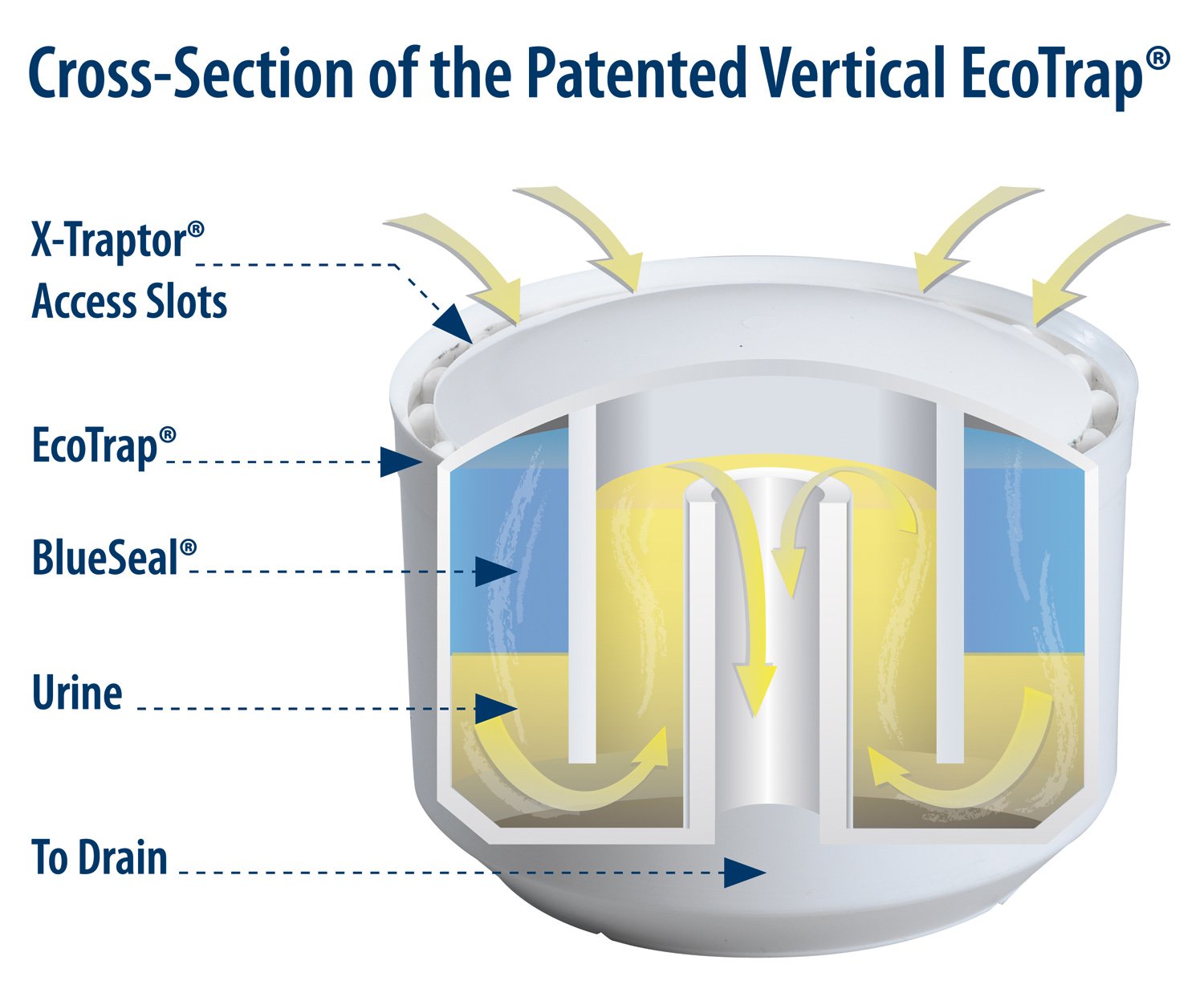California and Texas are often seen as opposites by outsiders. They have many disagreements on various issues. But they have one thing in common: together they extract more underground water than any other states in the country – as much as 25 billion gallons every day.
Despite the above-average rainfall in both states in the last two years, the underground water reserves (aquifers) are still being drained faster than they can be refilled. "Those aquifers took thousands of years to accumulate water," says Klaus Reichardt, the CEO and founder of Waterless Co., Inc. "Now they are being depleted in many parts of the U.S., which means that water security could become a real challenge for the United States in the near future."
However, we have ways to reverse this trend. Nevada, especially Las Vegas, Nevada, are perfect examples of how this can be accomplished.
Las Vegas now consumes 26 percent less water today – even with a much larger population - than it did in 2002. Moreover, the city and the state are constantly looking for new ways to reduce water use and use water more efficiently. In other words, it’s an ongoing journey.
How are they doing this?
According to a 2022 report on CBS News and John Entsminger, the general manager of the Southern Nevada Water Authority, among the ways are the following:
Every drop of water used indoors is treated, recycled, and stored in Lake Mead. This has proven so effective, "you could leave every faucet, every shower running in every hotel room, and it won't consume any more water," says Entsminger.
The state is helping homeowners financially to install desert landscaping. It also mandates when and how much water can be used for irrigation.
A new law, the first of its kind in the U.S., bans non-functional grass. Non-functional grass is grass installed along roadways, at shopping centers, and other commercial facilities to improve the appearance of these areas – but has no functional purpose. It's being torn out all over Las Vegas and replaced with drought-tolerant landscaping. According to Entsminger, “watering one square foot of grass in Las Vegas uses seventy-three gallons of water per year. Drought tolerant landscaping uses just eighteen gallons."
Las Vegas now has fourteen water-waste inspectors. They are on the lookout for property owners that let water run down outside drains. Fines run from $80 to $1,300.
Monitors to detect leaks in the city's water infrastructure have been installed. The system has identified more than 1,600 underground leaks, helping to save three hundred million gallons of water. That's enough water to supply 1,800 Las Vegas homes.
Encouraging the installation of water-conserving restroom fixtures. Many hotels now have compressed-air toilets, which use extraordinarily little water. Additionally, waterless urinals are now commonplace in many hotels, commercial buildings, and schools.
MGM Resorts and the Bellagio Hotel have built their own water wells, reducing their dependence on the Colorado River and underground water supplies. Water that evaporates is replaced with treated and recycled water. The process has helped the properties reduce water consumption by 30 percent in the past three years.
Entsminger adds that all the steps mentioned here are part of an ongoing effort to reduce water consumption in Las Vegas and throughout Nevada.
"The situation we're facing today isn't drought. It's the long-term aridification* of the desert Southwest. These plans need to be permanent, and they need to build upon themselves every year."
Waterless Co., Inc. is a pioneer in water efficiency. We are:
The go-to company for reducing water consumption.
Understand the many benefits of waterless urinals.
Help you find ways to use water more efficiently.
For more information, contact a Waterless Co Specialist.
*Aridification refers to an area gradually getting dryer and hotter. This is caused by natural climatic events as well as climate change.





















